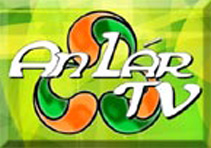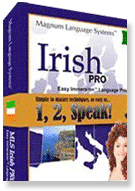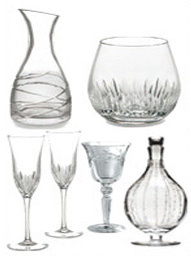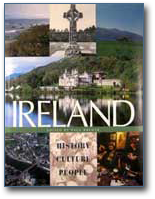History of Irish Dance
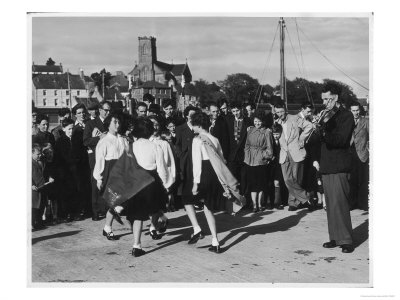 |
The history of Irish dance started when the Celts arrived in Ireland from central Europe over two thousand years ago. They brought with them their individual styles of dances and music. There are vague references to the early history of Irish dancing but evidence shows that its first participants were the Druids. They danced in religious rituals honoring their pagan gods. Around 400 A.D., after the conversion to Christianity, the new priests adopted the pagan style of art in creating their beautiful manuscripts, and the peasants kept the pagan style of music and dancing.
The circle dances of today began after the Anglo-Norman conquest in the twelfth century. The Carol was a popular Norman dance where the leader sang and a circle of dancers replied with the same song.
Three Irish dances are often referenced from the sixteenth century: the Irish Hey, the Rinnce Fada and the Trenchmore. One of the first mentions to dance was in a letter written to Queen Elizabeth I in 1569 in which the dancers were described as being very beautiful and magnificently dressed first class dancers.
During the mid-sixteenth century, dancers performed in the great halls of newly built castles, and some of the dances were brought to the court of Queen Elizabeth. The Trenchmore was an adaptation of an old Irish peasant dance, and the Hey was a predecessor of the present day reel. Irish dancing was accompanied by the music of the bagpipes and the harp.
The dancing master appeared in Ireland in the eighteenth century. He would wander from village to village to teach dance to peasants. Each dancing master had his own district and never trespassed into another master's domain. When they met at fairs, they challenged each other to dancing competitions that ended only when one group was left standing. Each master had his own style, so several versions of the same dance would be found in different areas of Ireland. Over the centuries, Irish dances were modified into the jigs, reels, hornpipes, sets, half sets and polkas performed today. Solo dancing, or step dancing, first appeared at the end of the eighteenth century.
The beautiful costumes worn by Irish dancers today commemorate the clothing of the past. Each district had its own dancing costume. Dresses are based on the Irish peasant dress worn two centuries ago and most are embroidered with Celtic designs. The clothes worn by men are not as fancy but a plain kilt and jacket are based on historical dress. Step dancers today wear hornpipe shoes, while soft ballet style pumps are worn for reels and jigs.
There are dancing competitions in all four Irish provinces and winners qualify for the All Ireland Championships. The international competitions are held in Dublin at Easter and the dancers from other countries compete for the world title. The success of Riverdance and Lord of the Dance has placed Irish dance on the international stage. Dancing schools in Ireland today are filled with youngsters imitating the dancing styles which brought Jean Butler and Michael Flatley world wide fame.
Disclaimer: LittleShamrocks.com is an affiliate website that receives commissions from sales of the products listed. We have purchased and sampled many, but not all, of the products on these pages.
© Copyright LittleShamrocks.com. All Rights Reserved.



